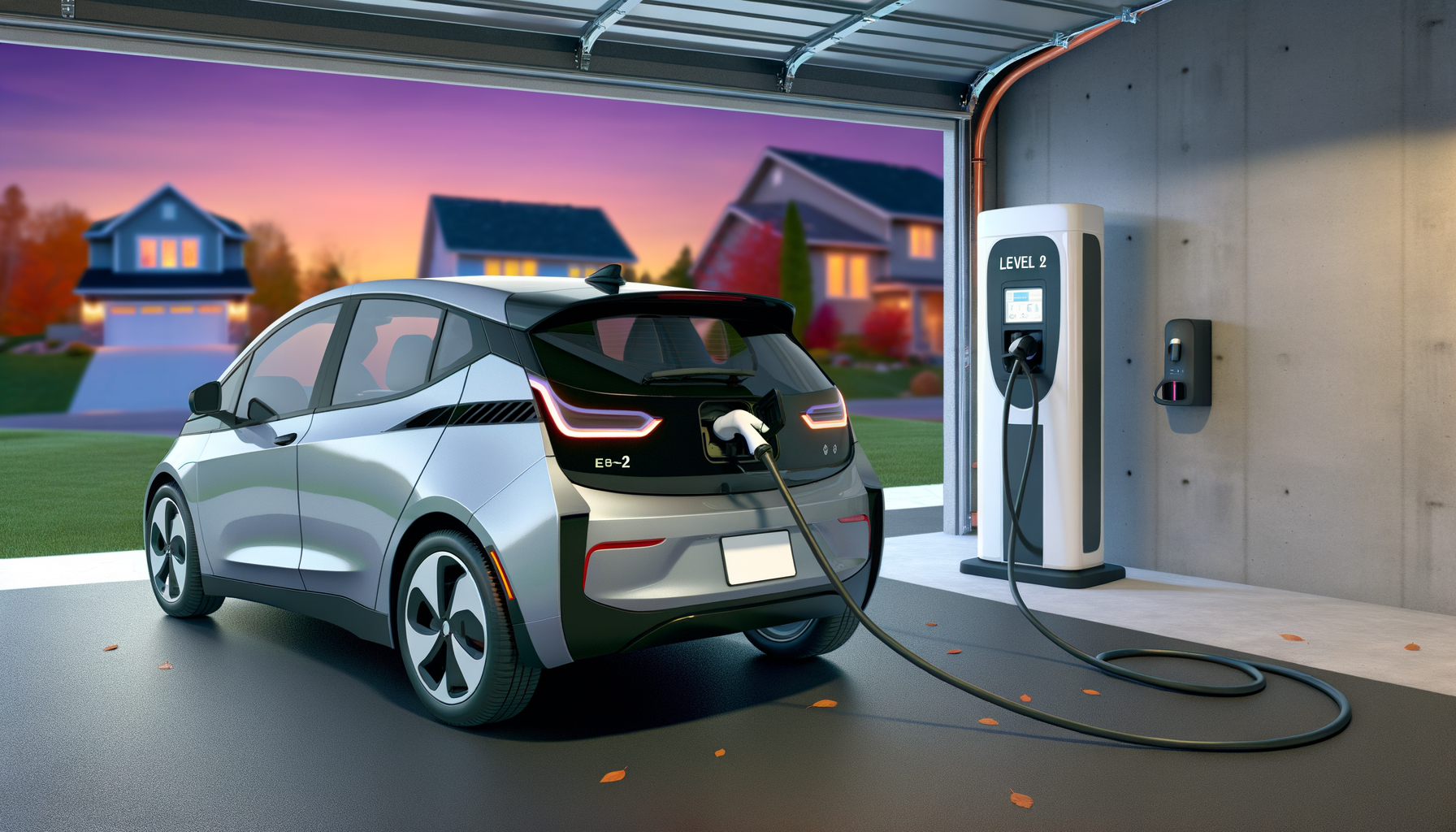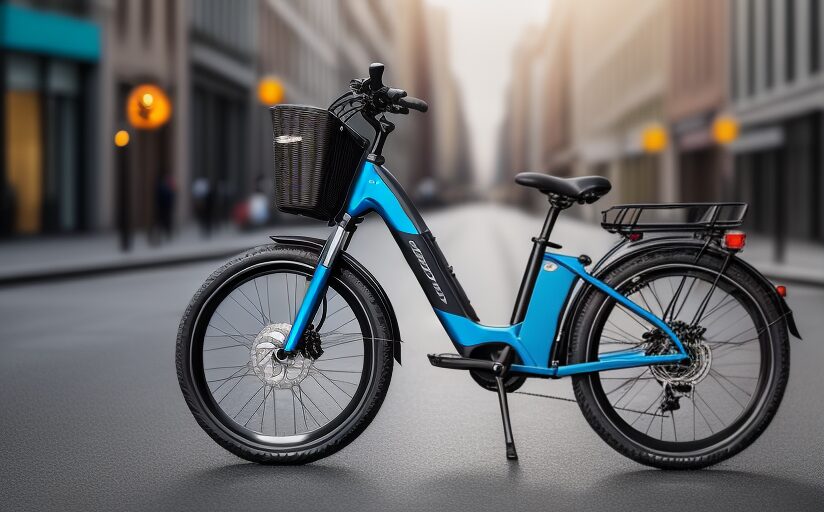
A Comprehensive Guide to Electric Car Charging
As electric vehicles (EVs) and plug-in hybrids gain popularity, a new supporting infrastructure for electricity-based propulsion has emerged. This guide aims to demystify the various charging options available for electric vehicles, including where and how to charge, the different charging levels in North America, the use of superchargers for fast charging, charge times, connectors, a vital tool for public charging, and resources for further information.
Common Terms for Charging Equipment
When discussing charging stations, several terms are commonly used interchangeably:
- Charging station
- Charging outlet
- Charging plug
- Charging port
- Charger
- EVSE (Electric Vehicle Supply Equipment)
Feel free to share this guide on social media to spread the knowledge!
Charging at Home
Home charging constitutes the majority of EV charging, with around 80% of charging occurring at residential locations. Understanding the two types of home charging—level 1 and level 2—is crucial.
Level 1 Charging: This involves using the charger that comes with the vehicle, which plugs into a standard 120V outlet. It can add up to 200 kilometers (124 miles) of range in 20 hours.
Level 2 Charging: Separate from the vehicle purchase, level 2 chargers require a 240V outlet and can charge an EV 3 to 7 times faster than level 1 chargers. These chargers, which come with an SAE J1772 connector, can be bought online in Canada and the USA and should be installed by a professional electrician.
For optimal charging efficiency and to harness the full potential of an EV or plug-in hybrid, the use of a level 2 home charging station is recommended. Certain regions offer incentives to assist with the costs of purchasing and installing these chargers.
Benefits of Home Charging
Using a level 2 home charger offers several advantages:
- Quick Full Battery Charging: A level 2 charger can fully charge a 30-kWh battery car (standard for an electric car) in approximately four hours, reducing the need for frequent public charging.
- Convenience of Starting Each Day Fully Charged: Typically, EVs are charged overnight at home, ensuring a fully charged battery for the next day’s use.
- Cost Savings: Charging at home is generally more economical than using public charging stations or fueling with gas, with significant cost differences noted in regions like Quebec, Ontario, British Columbia, and the United States.
Public Charging for Electric Cars
Public charging is essential for longer trips beyond an EV’s range. Public chargers are commonly found near amenities such as restaurants and shopping centers.
ChargeHub’s charging station map is a valuable tool for locating public chargers across North America, offering real-time status updates and route planning functionality.
Understanding Public Charging Levels
All EVs can utilize level 1 and level 2 charging stations, which offer similar charging power as home installations. Level 3 chargers, also known as DCFC or fast chargers, provide a much quicker charge, although not all vehicles are compatible with these.
For public charging, it’s best to avoid level 1 due to its slow charging rate. Level 3 chargers are ideal for quick charging up to 80% battery capacity, after which it’s more economical to switch to a level 2 charger for the remaining charge.
Connector Types for Public Charging
The SAE J1772 connector is standard for level 1 and 2 charging and is compatible with all EVs in Canada and the US, including Tesla with an adapter. For fast charging, CHAdeMO and SAE Combo (CCS) are prevalent, although they are not interchangeable. Tesla also has proprietary connectors for their level 2 and level 3 Supercharger stations.
Before heading to a charging station, ensure your vehicle’s compatibility with the available connectors, especially for non-Tesla DCFC stations. ChargeHub’s map can help filter for compatible chargers.
Electric Car Charging Station Network Operators
There are numerous public charger operators, often region-specific. Networked smart charging stations require a subscription to access, whereas independent public chargers may be available without membership.
Charging at Work
Workplace charging offers similar benefits to home charging and can significantly extend your daily electric range, especially when combined with home charging. Employers may cover the cost of electricity, or offer it at a reduced rate, and government incentives can help reduce installation costs.
Now that you’re acquainted with EV charging types, consider reading further on choosing the right level 2 home charger, as this will be where most of your charging takes place.
If you found this content helpful, share it with friends who are keen to learn more about EV charging.

